24th Special Tactics Squadron is the secretive Tier 1 unit and one of the United States Air Force Special Operations Command (AFSOC). The U.S. Air Force Tier 1 component to Joint Special Operations Command (JSOC) alongside SEAL Team 6 (ST6, DEVGRU), Delta Force, and Intelligence Support Activity (ISA).
Capabilities
The unit HQ is at Pope Field, North Carolina. The 24th Special Tactics Squadron operators are generally elite forward air controllers who accompany the ST6, Delta Force, etc., and coordinate air support delivery and extraction if necessary. Because they need to accompany the “operators,” they need to master the same skills.
24th Special Tactics Squadron operators are also trained in conducting classified and clandestine operations such as direct action, counter-terrorism, counter-insurgency, hostage rescue, and special reconnaissance.
The unit has some of the best trained, most experienced personnel that can direct close air support and administer combat medicine in the field. Many other Special Missions Units do not have their own JTACs or Combat Medics – they rely on the Airmen with the 24th Special Tactics Squadron.
Selection and training
The selection and training pipeline for 24th Special Tactics Squadron is incredibly long and challenging, with attrition rates exceeding 95%. The operators are roosted from other AFSOC units, so the unit comprises the Combat Controllers and Pararescuemen. CCT specializes in providing Joint Terminal Attack capabilities by coordinating with close air support and providing information to establish landing zones and insertion routes. Both of these skills are critically important to battlefield success.
The Pararescuemen specialize in going behind enemy lines to recover downed aircrews and extract and provide medical care for Special Operations personnel. They’re trained in immediate combat trauma care and recovery methods and combat skills.

Both of these specialties usually work to augment existing forces. CCTs are attached to Special Forces ODAs, SEAL Teams, and teams from Delta and DEVGRU. They primarily work individually as part of another unit. Pararescue can operate individually as a combat medic or as a combat trauma team aboard dedicated air assets.
How special they are; there are some inside stories that most Tier 1 units, when deployed to a certain mission, want to have the 24 Special Tactics Squadron for any rescue they need.
History and engagement
The 24th Special Tactics Squadron was formed on October 14, 1941, as 24 Air Corps Interceptor Control Squadron. The unit was activated on October 21, 1941. The unit has changed many names and forms through the years until it was constituted in its current form. On March 31, 1992, the unit was finally redesigned as 24th Special Tactics Squadron.
In recent years the 24th Special Tactics Squadron has been heavily involved in combat operations in Iraq and Afghanistan, where the unit was part of the JSOC groupings Task Force 121, Task Force 6-26, and Task Force 145.
In 2003 members of the unit were involved in two combat jumps in the initial phases of the Iraq War alongside the 3rd Ranger Battalion. The first combat jump was on March 24, 2003, near the Syrian border in the Iraqi town of Al Qaim, where they secured a small desert landing strip to allow follow-on coalition forces into the area.
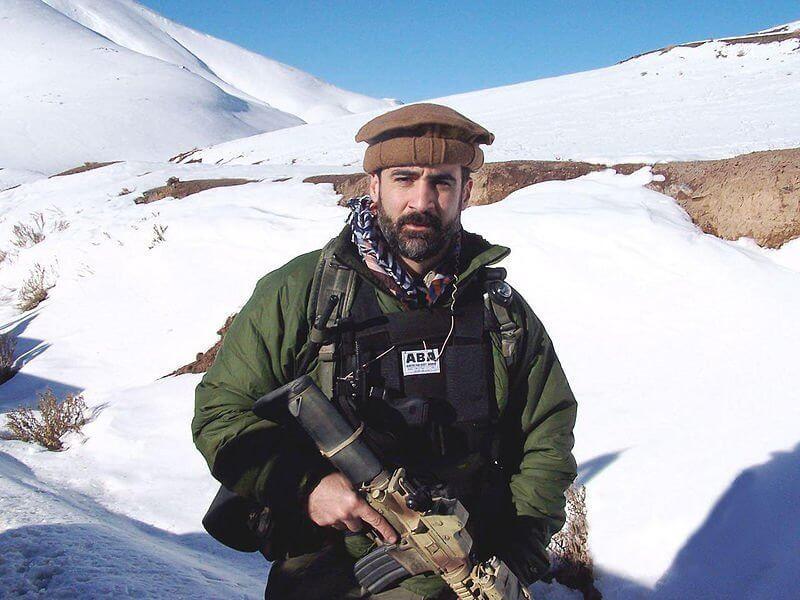
The second combat jump was near Haditha, Iraq, where they secured the Haditha Dam two days later. After the initial phase of Afghanistan and Iraq operations, they fought alongside other Tier 1 units in dozens of publicly known and unknown missions.
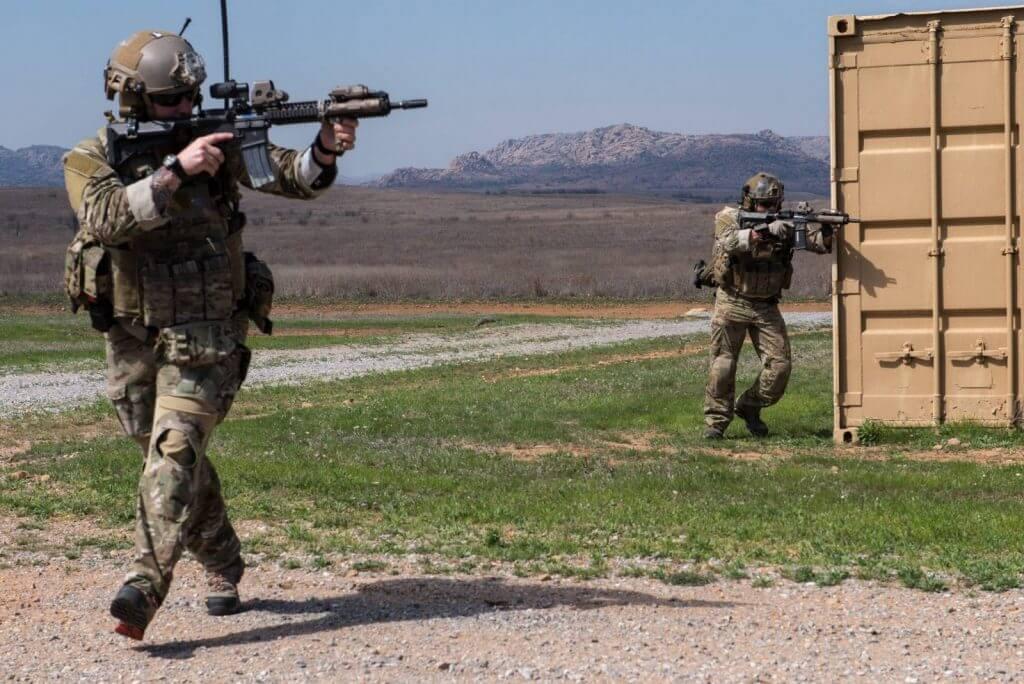
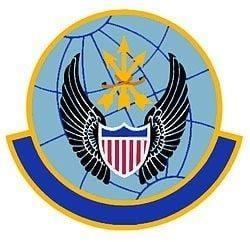
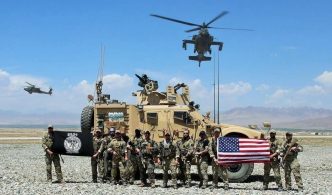
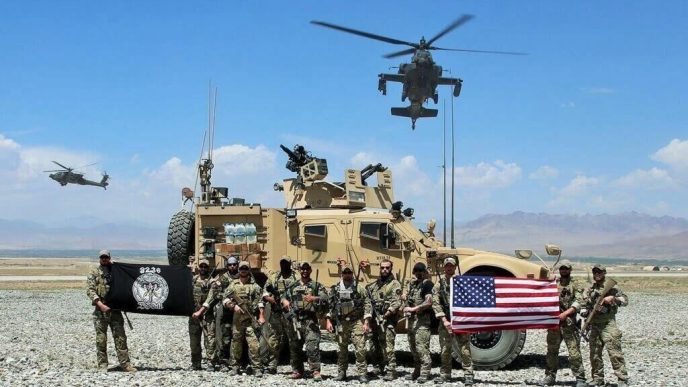
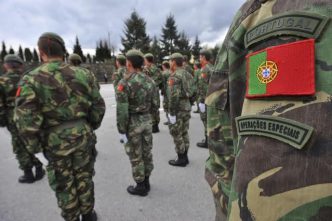
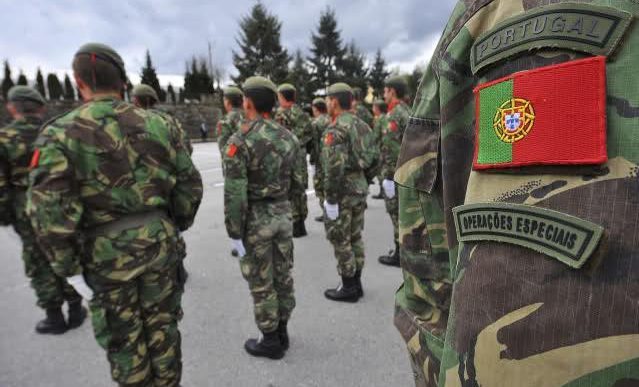
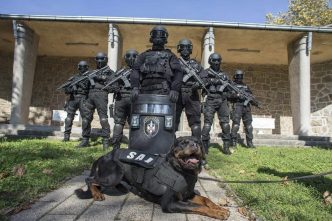
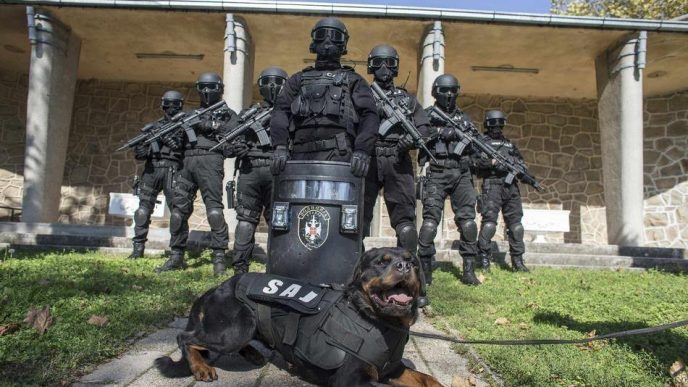
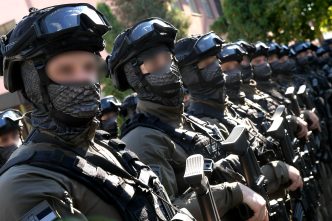
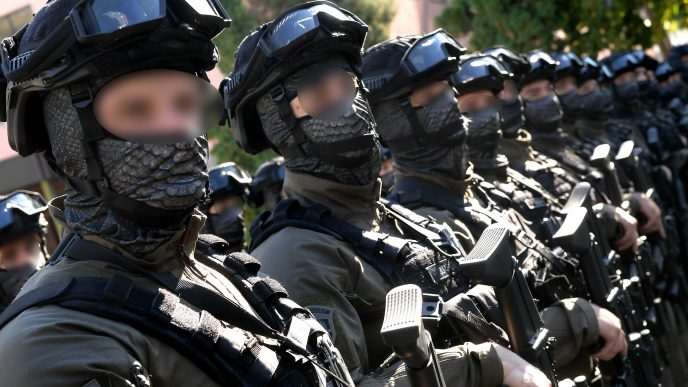
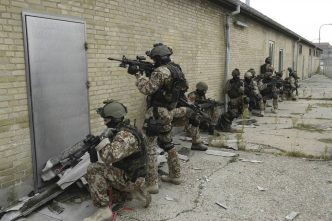
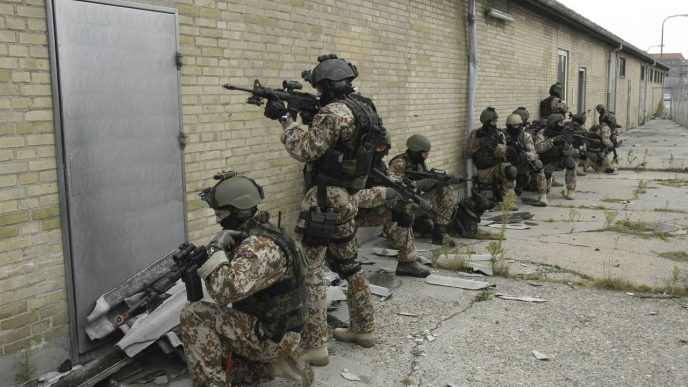
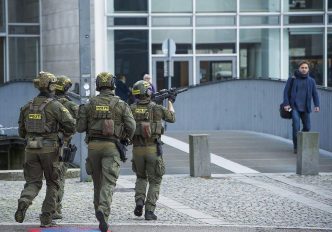
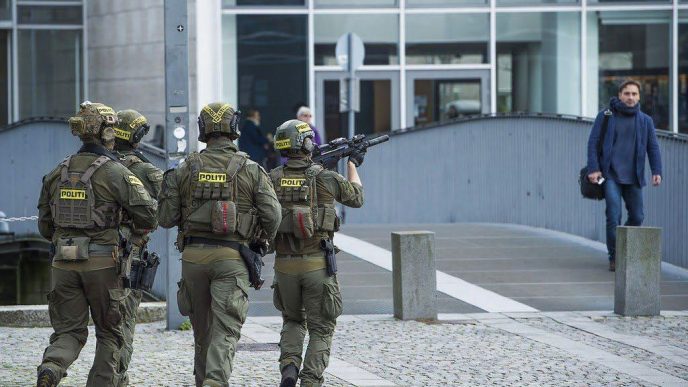
what unit in JSOC are the first in?
they set up wire taps, use a grid to map about attack and extraction routes and basically set up the areas that other JSOC members use for access.
I believe they are part of Devgru. Kind of Nerdy, but when all ese fails they bring back the info
needed to get Devgru and other units into the action.
what is this units name
Our grand son 27 yr old Ssgt Sam Marti ops In’s( MI )was a lead analyst of 30, and an operator in 4 deployments he died in a tragic accident on the eve of his 5th deployment and no family could ask for more support than what was shown our family, you would have thought a General died, talk about Semper Fi.
Jim Brooks (usmc)
Gold star Grand Dad